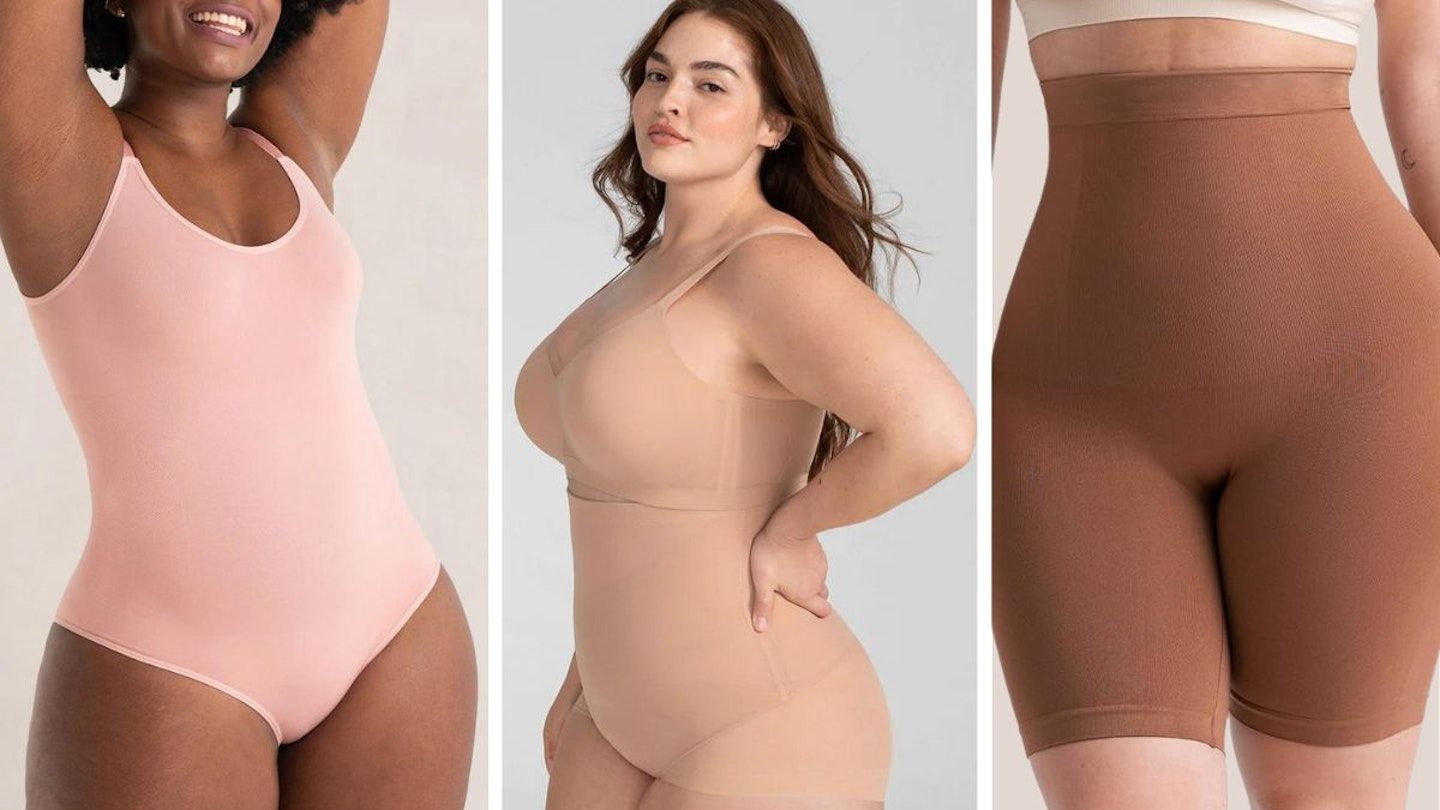To Achieve Better Results, Do Buyers Need to Switch Between Different Types of Shape Wear?

Shapewear has revolutionized the way people approach body shaping and support. With various designs tailored to different needs—waist cinchers, thigh slimmers, bodysuits, and more—it’s no wonder buyers often wonder if switching between types of shapewear is necessary to achieve the best results. The answer depends on your goals, wardrobe, and how you define “better results.” Let’s dive into this question.
Understanding Shapewear and Its Results
Shapewear serves a range of purposes:
• Smoothing: Creates a seamless look under clothing by eliminating visible lines.
• Sculpting: Enhances curves or creates a more defined silhouette.
• Support: Provides posture correction or gentle compression, especially for postpartum or athletic use.
Each type of shapewear targets specific areas of the body, and the results largely depend on the fit, quality, and compatibility with your outfit.
When Switching Between Shapewear is Beneficial
Switching between types of shapewear may help if:
1. Your Outfits Vary Significantly
Different outfits demand different levels of support and coverage. For example:
• A strapless dress may require a strapless bodysuit or high-waist shorts.
• A body-hugging jumpsuit might pair best with a seamless, full-body shaper.
• For casual wear, lightweight shaping briefs could be sufficient.
Having a few shapewear options can enhance the fit of your wardrobe across various styles.
2. You Have Specific Body-Shaping Goals
If you’re looking to target different areas, switching shapewear types can help.
• Waist sculpting: A waist cincher or corset will give maximum definition.
• Thigh smoothing: Thigh-slimming shorts can reduce chafing and create a polished look.
• Full-body contouring: A bodysuit can provide all-over shaping for a cohesive silhouette.
3. You Want Long-Term Comfort
Rotating between shapewear types can prevent discomfort or over-reliance on one area. For example, a tight waist trainer worn daily may strain your midsection, so alternating with lighter options ensures better comfort.
When Switching May Not Be Necessary
1. Your Needs Are Consistent
If you mainly wear casual or loose clothing, a single versatile piece of shapewear may suffice. For instance, high-waisted briefs or seamless shorts can work under most outfits.
2. Your Priority is Comfort Over Aesthetics
For individuals prioritizing comfort, shapewear with mild compression or multi-purpose designs (e.g., a bodysuit with built-in bra support) may meet all their needs without frequent switching.
3. You’re Focused on Minimalism
A high-quality, well-fitting piece of shapewear can often achieve satisfactory results for various scenarios without needing multiple types.
Tips for Maximizing Results Without Overloading on Options
• Invest in Versatile Pieces: Choose shapewear that adapts to different styles, such as seamless bodysuits or high-waist shaping shorts.
• Focus on Fit: Ill-fitting shapewear won’t deliver good results, regardless of type. Ensure it fits comfortably and provides targeted support.
• Consider Your Wardrobe: Tailor your shapewear selection to the clothing you wear most often.
• Rotate for Longevity: Even if you don’t switch types, alternating between two similar pieces can prevent wear and tear.
The Bottom Line
Switching between different types of shapewear can enhance results if your goals or wardrobe vary. However, it’s not a strict necessity. For many, a small selection of versatile, high-quality shapewear pieces can provide excellent results without overwhelming choices.
Ultimately, shapewear should complement your lifestyle and boost your confidence—not complicate your routine. Whether you opt for one go-to piece or a collection for every occasion, the best shapewear is the one that makes you feel like the best version of yourself.